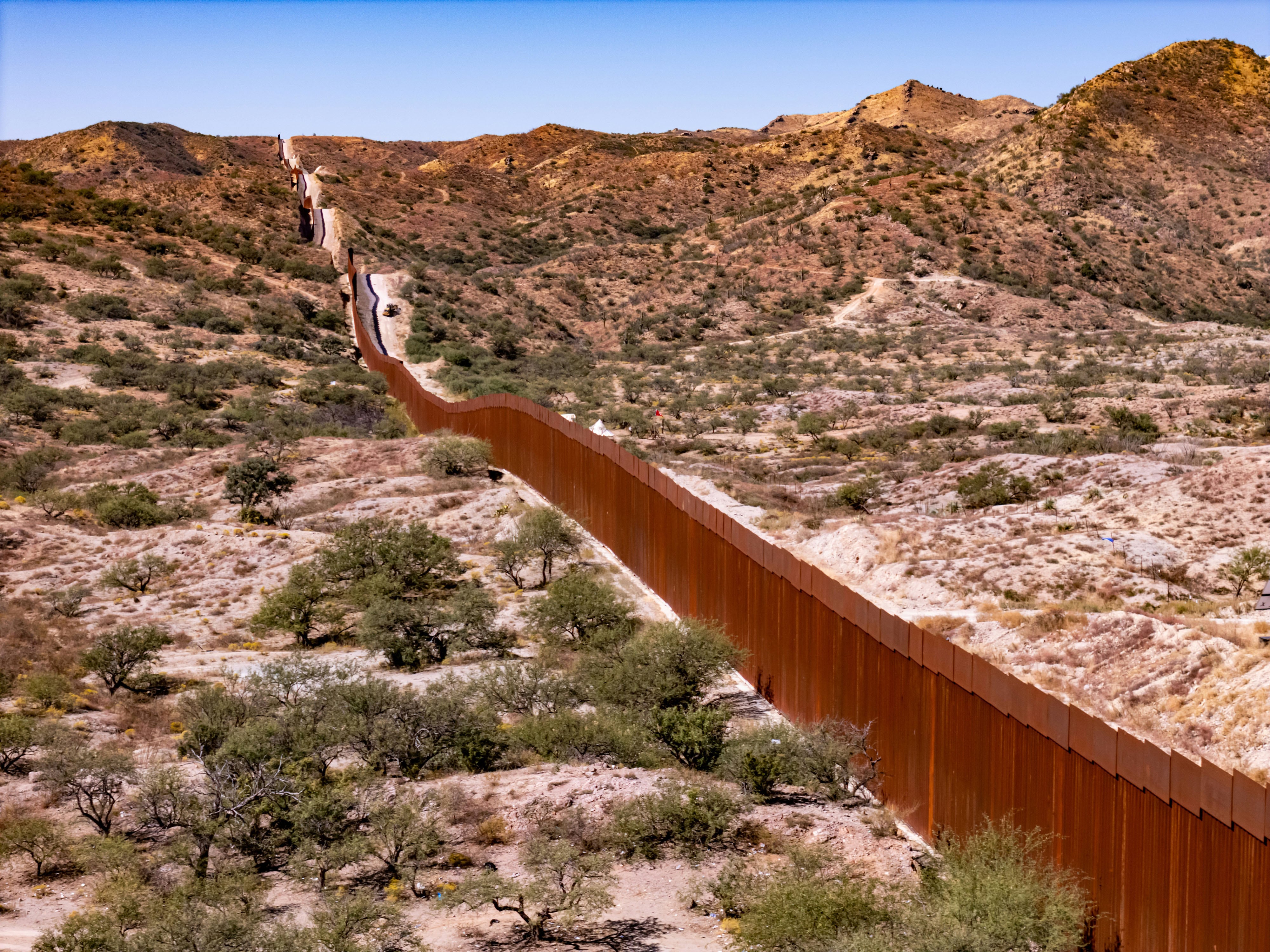Understanding Title 42 and What It Means For Immigration

.svg)
What is Title 42?
Title 42 is a section of the U.S. Code that deals with public health and welfare. Specifically, it grants the U.S. government the authority to prohibit the entry of individuals into the country during public health emergencies, such as an outbreak of a contagious disease. Originally enacted in 1944, Title 42 became a central tool for U.S. immigration policy in response to the COVID-19 pandemic.
Under Title 42, the U.S. government has the power to expel migrants quickly at the border, without the typical immigration court hearings or asylum processes. This measure was put into effect by the Trump administration in March 2020 as a way to prevent the spread of COVID-19, particularly during the early stages of the pandemic.
Under Title 42, nearly 3 million migrants were expelled from the U.S. between 2020 and 2023, making it one of the most significant tools for border enforcement in recent history.
Critics argued it caused significant harm to migrant families, contributing to family separations, while failing to effectively manage border crossings. Public health experts have stated the measure was not a legitimate tool for controlling the spread of disease and overlooked alternative health safeguards.
The History of Title 42
- 1944: Title 42 of the U.S. Code was introduced as part of the Public Health Service Act. Initially, it was not intended to address immigration directly. Rather, the law granted the U.S. government the authority to prevent the spread of communicable diseases by limiting entry into the country, particularly during outbreaks like cholera, tuberculosis, or smallpox. The law was aimed at protecting public health by allowing the U.S. to stop the entry of individuals carrying infectious diseases.
- Post-1944 to 2020: For decades after its passage, Title 42 was rarely invoked in immigration contexts. Instead, it was used sparingly, primarily in public health emergencies to manage the spread of diseases at the border. Its most notable applications during this period were related to disease prevention, but these instances were limited and did not directly involve the mass expulsion of migrants or the kinds of border control measures that became prominent after 2020.
Title 42 Under the Trump Administration
- March 2020 – January 2021: Under President Donald Trump, Title 42 was used as a tool to limit migration, particularly at the U.S.-Mexico border. The policy was implemented as part of the administration’s broader immigration agenda, which sought to reduce immigration, particularly during the public health crisis.
- Border Restrictions: Title 42 led to a significant decline in the number of people allowed to seek asylum in the U.S. The policy was controversial, with critics arguing that it violated international obligations under the 1951 Refugee Convention, which guarantees the right to seek asylum.
- Deportation without Due Process: Many migrants, including families and vulnerable individuals, were expelled without being allowed to apply for asylum. Critics argued this separated families and resulted in potential life-threatening conditions for many migrants sent back to dangerous situations in their home countries or in Mexico.
{{tip-1}}
Title 42 Under the Biden Administration
- January 2021 – Present: When President Joe Biden took office, there were calls from immigrant rights advocates to end Title 42 immediately. However, the Biden administration chose to keep the policy in place initially, citing concerns over public health amid the ongoing COVID-19 pandemic.
- Changes and Challenges: Over time, the Biden administration began to walk back some of the more aggressive uses of Title 42. In 2021, the administration exempted certain vulnerable groups, such as unaccompanied minors, from Title 42 expulsions. However, the overall policy of expelling migrants at the border continued throughout Biden’s early years in office.
- Court Orders and Legal Battles: The Biden administration faced legal pressure to end Title 42. In 2022, the U.S. Supreme Court ruled to keep the policy in place temporarily, while challenges from states like Texas and Arizona continued. Eventually, in 2022 and 2023, the Biden administration began to wind down Title 42 expulsions, though it faced pushback from both Republicans and some Democrats in Congress.
- Transition to New Policies: The Biden administration shifted toward other border control measures, including increased use of Title 8 immigration law and expanded asylum processes, but Title 42 remained a focal point in the debate about immigration reform.
Trump’s Plans for Title 42 During Second Term
Recent reports suggest that President-elect Trump plans to reinstate Title 42 public health restrictions to shut the U.S.-Mexico border as part of a broader strategy to curb immigration.
Trump’s advisors are allegedly strategizing ways to justify a new use of Title 42 by citing public health concerns, even in the absence of a major outbreak. They are exploring potential health threats, such as tuberculosis or other respiratory illnesses, to rationalize closing the border. Critics warn that this approach echoes historically racist narratives linking immigrants to disease and prioritizes immigration restrictions over public health considerations.
{{cta-component-center-aligned}}
Did You Know?
The use of Title 42 led to a phenomenon known as “churn,” where migrants who were expelled often made repeated attempts to cross the border, inflating border encounter statistics.
Did You Know?
The use of Title 42 led to a phenomenon known as “churn,” where migrants who were expelled often made repeated attempts to cross the border, inflating border encounter statistics.
Did You Know?
The use of Title 42 led to a phenomenon known as “churn,” where migrants who were expelled often made repeated attempts to cross the border, inflating border encounter statistics.

.svg)





.svg)
.avif)